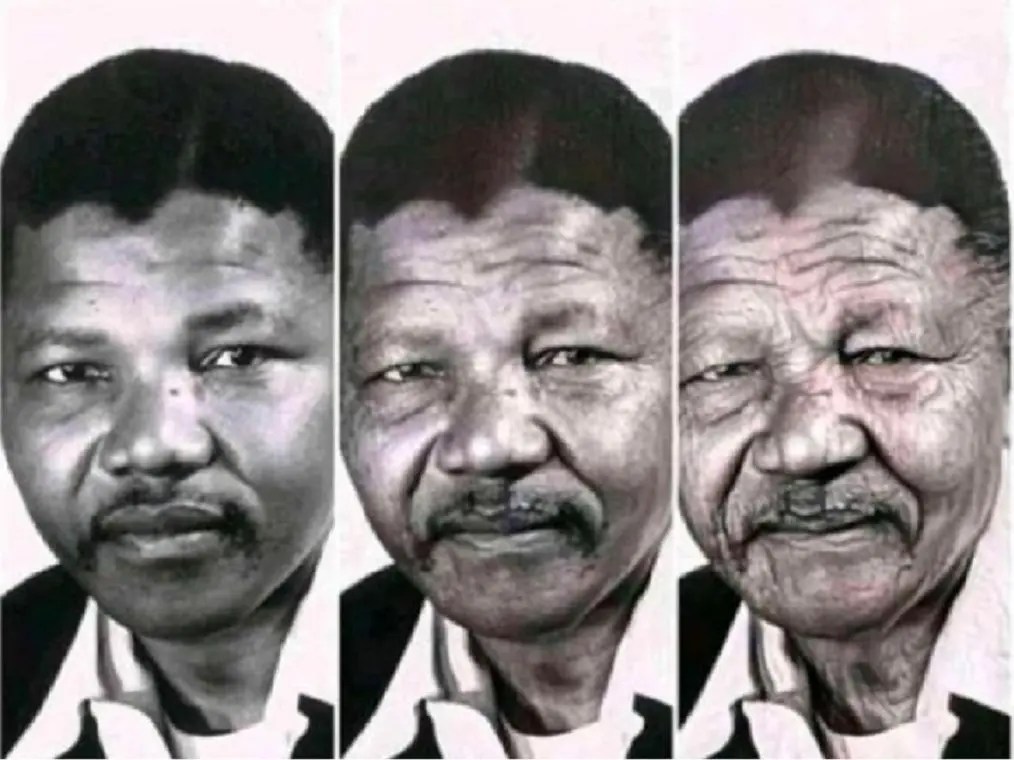Published
2 years agoon
By
SA LIVE NEWS
Once glorified and safe, the legacy of Nelson Mandela, South Africa’s most prominent political figure, is now questioned. That post-apartheid South Africa exists in a state of unending political, economic, and social despair has made Mzansi upset with Nelson Mandela and the political settlement he came to represent.
The current South African political order concerning the Constitution, the governance system and the economic policy framework bears the deboss of Mandela’s generation. Nelson Mandela’s honour as a world veteran lawmaker gets from the so-called success of the transition, but Mzansi is divided about their first democratic President.
Depending on who you ask, Mandela is either fondly remembered as a hero of liberation or scornfully derided as a “sellout.” And more recently, those unwilling to sit on either side of what feels like an existential divide has become satisfied with a third option: one where Mandela is neither a god nor a fallen angel, but with atheistic doubt is cast as nothing more than a myth—literally.
Not long ago, South African social media was on fire with new allegations that the real Nelson Mandela died in 1985 at the age of 67 years. This, the conspiracy went, explained why on Mandela’s birthday South Africans were encouraged to perform “67 minutes” of charity. But more importantly, after Mandela supposedly died in 1985, the Apartheid government appointed an imposter named Gibson Makanda to act like Mandela.

Gibson Makanada is the man who negotiated the end of Apartheid and would be the country’s first democratic President. For good measure, Twitter users believed the Illuminati, an anti-Semitic conspiracy whereby a supposed small network of individuals run the world, for all this.
Although this conspiracy made rounds on social media, it made a proper comeback in July 2020 when an image of a younger Mandela’s face was inputted into the popular FaceApp application. FaceApp disclosed that its version of an aged Mandela looked nothing like the man released from Victor Verster Prison on 11 February 1990. The implication was that Gibson Makanda leading the ANC’s negotiations with the National Party in the early 1990s was not a radical freedom fighter but instead a puppet of his very opposition.
Makanda was born out of conspiracy theories without an actual date of birth or any personal information. His history has been theorized differently by several conspiracy theories. Others believe he was a professional actor, while others assume he was a clone of the Illuminati.
According to several reports, Gibson Makanda replaced Nelson Mandela in 1985 after the real Nelson Mandela was murdered in prison. By that time, Makanda was already trained by the slave driver of South Africa to take over the freedom fighter and act like him.
Following the death of Nelson Mandela in 2013, there is the idea that it was Gibson who died, as Nelson died many years ago at the age of 65.
The Mandela effect is a bad memory situation in which a group of people may come to have a different memory of a thing from what happened. This could be one of the reasons why Mzansi assumed they knew of the time when Nelson Mandela died in 1985. Some remembered his funeral, the enemies that followed his death and the moving speech by his widow Winnie Mandela all things that did not happen.

The conspiracy theories suspected that Nelson Mandela sold the black South Africans. The policies of Mandela when he became the President were not comprehensive as South Africans had expected to see, knowing who he was as a freedom fighter.
Mandela independent the blacks by assisting them to gain political freedom; however, he did not ensure they were free economically. Rumours have it that he had forgotten about the 1955 Freedom Charter even though he was at the forefront of the event.
He agreed to deal with what some felt did more than good to the majority of Mzansi as financial inequality and social differences on a racial basis. However, the government was acknowledged as unskillful without any serious development. By the time the government was set to change, the crime rate was already high, and the air of unskillfulness was heavy.
The description for some was that Mandela had a more extensive version of his country South Africa while others close to him softened him. Others who never believed Nelson Mandela would be a traitor or sellout suspect that Gibson Makanda was the one who acted like Mandela and deceived the whole nation.
In 2020 the allegations that Gibson Makanda was Nelson Mandela were resurrected, and the fire went even more comprehensive. Social media users made use of the famous Face App application, which is used to detect the ages of people and spot what their older version would look like., to input the picture of young Nelson Mandela.
Rather than the face, he is not distinguished that the face of Nelson Mandela was entirely different. As a result, many believed that the man freed from Victor Verster Prison was not Nelson Mandela but Gibson Makanda.
Mandela was a Xhosa man born into the Thembu royal family and raised among his tribespeople. Like any other Xhosa man, Mandela understood his culture and practised it well. However, that was not the case with Gibson Makanda, as he was never seen speaking Xhosa because he needed help to speak it fluently.
Winnie Mandela was once quoted saying:
Nelson Mandela was sent to prison by a different man, but when he came out, he was someone completely different.
She also revealed that her husband went to prison as a burning person, but when he came out of prison, he was the Nelson Mandela she did not know. All the saying from Winnie Mandela got conspiracy theorists suspecting that Gibson Makanda replaced Nelson Mandela.
Source Link Gibson Makanda History
